
Egypt 2003: Esna and Edfu
A barrage lies just outside the town of Esna, which stands on the west bank of the Nile. The town's Greek name was Latopolis because the fish (lates), the embodiment of the goddess Neith, was its sacred animal. Esna became increasingly important during the 18th Dynasty when Egypt developed its commercial relations with the Sudan, and an Esna-Derr route was established. The original temple of Esna was built during the reign of Thutmose III. There was a renewal of interest in the town during the 26th Dynasty. Under the Ptolemies and the Romans it became the capital of the Third Nome of Upper Egypt and a second temple was built. Most of the edifice has remained unexplored since the modem town has developed on the site of the ancient city, and its roof, surrounded by modem urban development, is on a level with the floors of the houses. The temple was dedicated to the ram-god Khnum who, at the dawn of time, fashioned mankind from the mud of the Nile on his potter's wheel. His divine companions included the lioness Menhyt (his consort), Nebtu (the goddess of the countryside), and the god Heka (the manifestation of vital energy). A special place was reserved for the androgynous divinity Neith (represented armed with a bow and arrows) who, according to local mythology, was the primordial creator of the world.
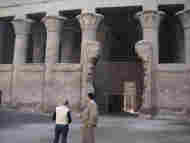 esna/j001.jpg
esna/j001.jpg
|
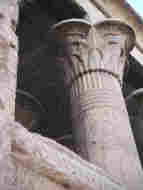 esna/j002.jpg
esna/j002.jpg
|
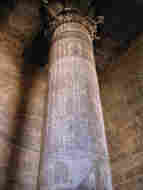 esna/j003.jpg
esna/j003.jpg
|
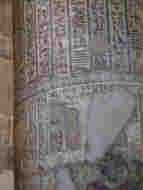 esna/j004.jpg
esna/j004.jpg
|
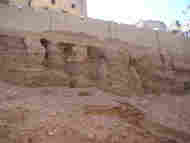 esna/j005.jpg
esna/j005.jpg
|
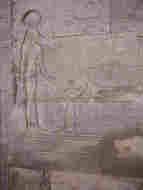 esna/j006.jpg
esna/j006.jpg
|
Edfu (the Greek city of Apollinopolis Magna) provides a striking contrast to the desert. It is a major religious and commercial center which stands at the nucleus of the road network and the end of the desert and gold-mine routes. The pile of rubble to the west of the Temple of Horus is probably the original site of the village of Djeba. Although French and Polish teams were keen to excavate the site and have uncovered Old Kingdom mastabas and Byzantine houses, the nerve center of the town is undisputedly the temple of the falcon-god Horus. Access to the site is from the back of the temple. There has been a succession of structures built on this sacred site from prehistoric times (when the falcon-god was housed in a wicker hut) to the New Kingdom. The temple owes its imposing appearance to Ptolemy III Euergetes who began to rebuild the original temple completely in 237 BC. The work was not completed until 57 BC.
 edfu/j001.jpg
edfu/j001.jpg
 edfu/j002.jpg
edfu/j002.jpg
 edfu/j003.jpg
edfu/j003.jpg
 edfu/j004.jpg
edfu/j004.jpg
 edfu/j005.jpg
edfu/j005.jpg
 edfu/j006.jpg
edfu/j006.jpg
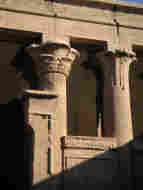 edfu/j007.jpg
edfu/j007.jpg
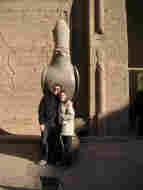 edfu/j008.jpg
edfu/j008.jpg
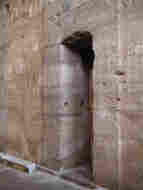 edfu/j009.jpg
edfu/j009.jpg
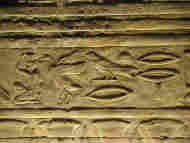 edfu/j010.jpg
edfu/j010.jpg
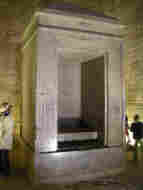 edfu/j011.jpg
edfu/j011.jpg
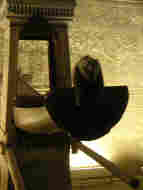 edfu/j012.jpg
edfu/j012.jpg
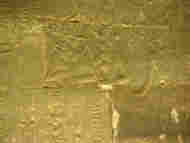 edfu/j013.jpg
edfu/j013.jpg
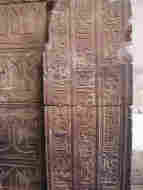 edfu/j014.jpg
edfu/j014.jpg
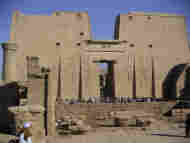 edfu/j015.jpg
edfu/j015.jpg
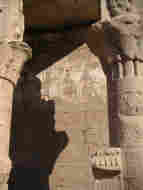 edfu/j016.jpg
edfu/j016.jpg
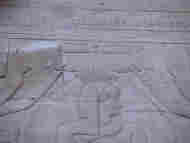 edfu/r017.jpg
edfu/r017.jpg